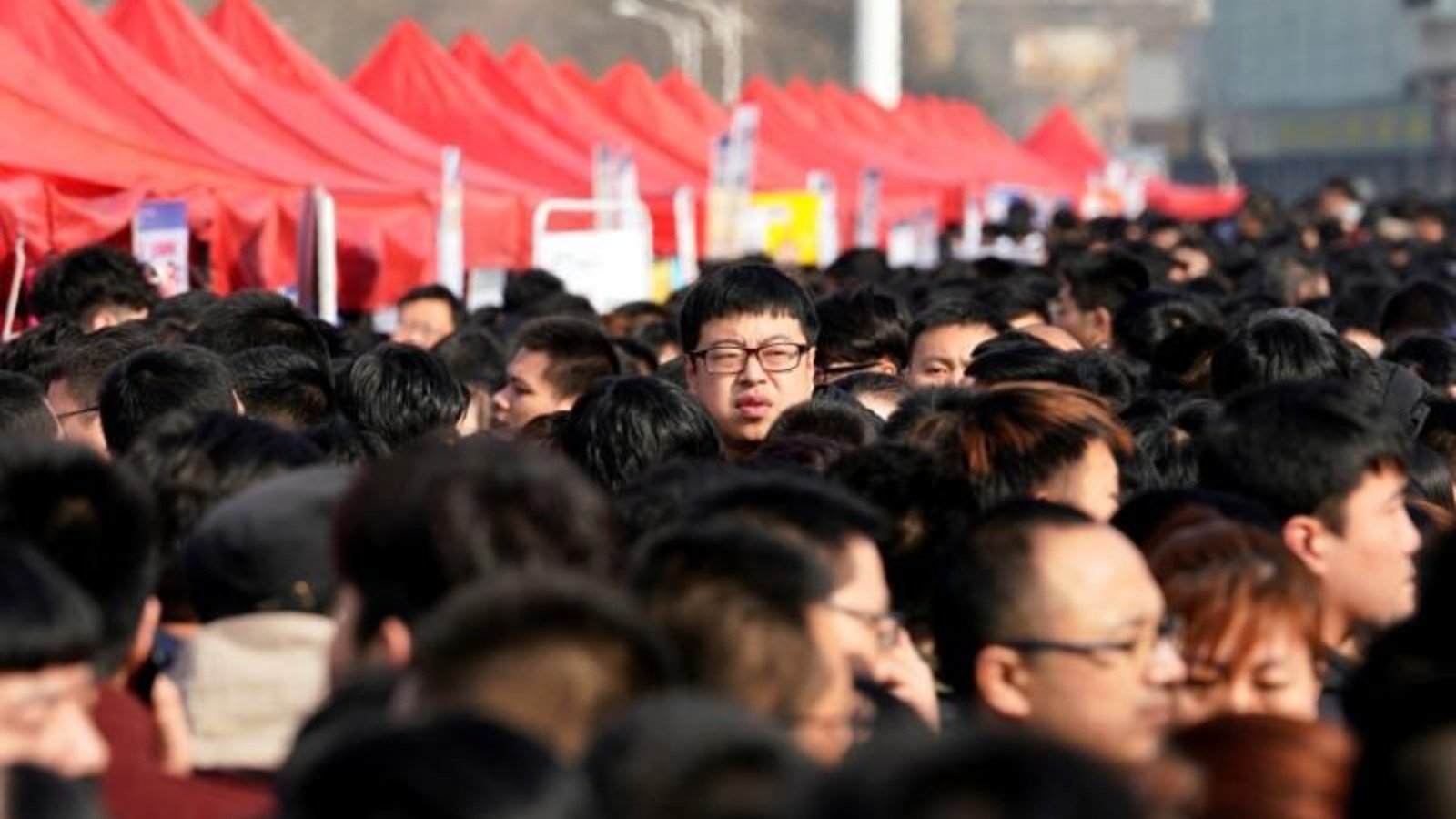Population Growth: Xi government fails to reverse declining population
The sharp decline in population for the second consecutive year in China has exposed the Xi government’s policy about the population growth. According to the National Bureau of Statistics (NBS)’s latest data, the country recorded 6.39 births per 1,000 people, down from 6.77 a year earlier. The birth rate is the lowest since the founding of Communist China in 1949.
According to the bureau, around 9.02 million babies were born, compared with 9.56 million babies in 2022. The overall population fell in 2023 to 1.409 billion, down 2.08 million people from the previous year. The trend marked the deepening of a demographic challenge set to have significant implications on the world’s second largest economy.
Pertured by shrinking population growth, the Xi government and population experts have been trying hard to find feasible fertility support policies. Chinese provinces, autonomous regions, and municipalities recently convened their local “two sessions,” with provincial-level lawmakers and political advisors and put forward several proposals to contribute to encouraging larger families in the face of low population growth. One of the proposal was for inclusion of preschool education under the age of 3 within the scope of social public services and optimisation of childcare service system.
Chinese experts felt that pre-school education would relieve the dual pressure of women finding suitable childcare and returning to work after giving birth. Another suggestion was regarding pre marital training and pre pregnancy education at the time of marriage registation. Ouyang An, a CPPCC member from Jiangxi Province, and chief obstetrician at Jiangxi Maternal and Child Health Hospital said that was with regard to provide training in pre-marital trainings and pre-pregnancy education at the time of registation of marriage. According to Global Times, CPPCC member said that he found many newlyweds did not know how to get along with each other, often leading to communication problems and even divorce. Pre-marital training can contribute to the country’s population growth.
Shanghai based Women’s Federation proposal called for providing a certain proportion of social security subsidies to employers to reduce the additional economic burden caused by female workers and emphasizing that it is necessary to distinguish the different subsidy policies formulated by female workers to encourage having larger families. The federation suggested that companies should adopt flexible working hours to female workers and offer rewards for those companies that employ female workers.
Yuan Xin, deputy head of the China Population Association and a demographer from Nankai University, told that proposals made by lawmakers and political advisors were essential for the country to explore more feasible fertility support policies. But Yuan also emphasized the necessity of building more comprehensive and unified fertility support policies that are based on different regions.
Critics said that low population growth was essentially a consequence of past policies that did not yield the desired results. For instance, China’s decades-long one-child policy, implemented from 1979 to 2015, was aimed at controlling population growth. While it successfully curbed population growth, it led to an aging population, gender imbalances, and unintended consequences such as a shrinking workforce. The subsequent policies like two child and three child policies failed to yield desired results because of stiff resistance from women. High living costs, housing expenses, and job uncertainties have adversely affected family planning decisions. These factors have forced women to ignore government’s incentives to produce more children.
Women activists said that the one-child policy has had a lasting impact on China’s demographic structure. An aging population, coupled with a decline in the working-age population, posed challenges for economic growth and social welfare systems. Besides, traditional cultural norms and values, influenced by the one-child policy era, have contributed to hesitation in having larger families. Activists said that breaking away from long-standing practices and encouraging a mindset shift regarding family size was a complex process. Experts regretted that fertility support policies were nothing but mere slogans and failed to address the multifaceted nature of the issue, including economic, social, and cultural aspects. These policies laid emphasis on strict control rather than family growth. If past policies did not adequately inform or educate the public about the consequences of low fertility rates, there might be a lack of awareness about the societal impacts of declining populations.













